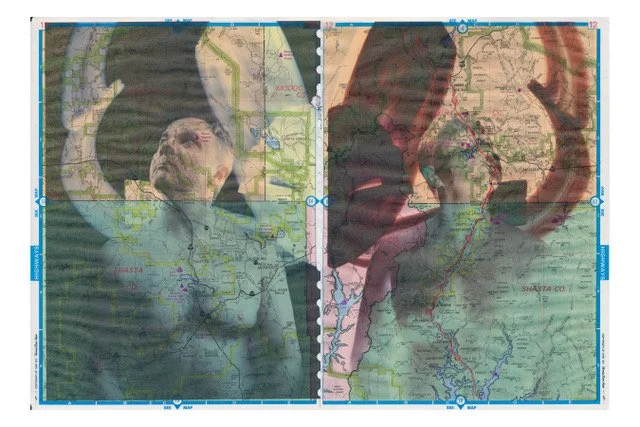In The Press
From The New York Times
“...there was something of (Trisha Brown´s) whim-of-the-wind loose-bodiedness and spring to the pieces Mr. Thompson’s danceTactics Performance Group presented…But what made the program so exhilarating was the choreography’s simplicity and directness….But the dances had a similar authority, in both style and emotional tone, perhaps in part because of the certainty of his engagingly individual dancers, who looked so thoroughly at home in each of the pieces….a group dance performed to Pergolesi, introduced a signature move in Mr. Thompson’s choreography in which bodies fold supplely in on themselves. Mr. Thompson proved equally adept at overt drama and comedy…nuanced, well-plotted…”
by Jennifer Dunning
From thINKingDANCE:
"The Very Same, choreographed & directed by Keith Thompson and performed by Brendan McCall, is part of the Love Alone Anthology Project. The text, one section of Love Alone: 18 Elegies for Rog by poet and AIDS activist Paul Monette, was incredible….McCall was adept at varying the delivery of his text: casual, careful, forceful, witty, and gentle. It came in waves, dropping in and out of each phrase with ease so that yelling became mumbled frustration, a mockery, an offhand remark, a sigh to himself.
"The choreography carried this same quality, landing in different energies with seamless transitions. There were flicks of the chin, slight hand stutters, and shifting feet so precise and intentional. There were sharp jerks and bolts of tension and slow, hungry reaches, presses, and stillnesses. For every quiet gesture or quick relaxed aside, there was a place where McCall stood his ground and got larger, spiraling, turning, flashing lines and halts. As it ended, with a careful, quiet walk off stage, I felt pulled with it, wishing I could stay in the experience longer, but, knowing it’s a chapter of a larger work, that seemed right."
By Emilee Lord
NJ Art News
A new video segment from NJ Arts News entitled "Dance Diversity in NJ: Jersey Moves! Festival of Dance at NJPAC in Newark" explores how dance is flourishing in the Garden State. This lively video highlights performances by six diverse dance groups: Timothy Kochka and The Davis Academy of Irish Dance (Fedelmia Mullan Davis, Academy Director), Indian dancer Bani Ray, the NJ Tap Ensemble, Nimbus Dance Works, danceTactics performance group, and the American Repertory Ballet. Featuring spectacular single camera performance footage showcasing NJ's vibrant dance scene, "Dance Diversity" provides insight into what dancers think about while performing, and how they use movement and improvisation to convey images, narrative and emotion.
From The New York Times
“Keith A. Thompson’s years dancing for Trisha Brown resonate in “JumpCut,” his muscular, silky quartet….Heated emotions flicker below a fluid surface, as skeins of understated, virtuosic movement unfurl to Robert Een’s moody score.”
by Gia Kourlas
From Phillyist
“...danceTactics was truly the highlight of the evening. The quartet of dancers showed a sort of consistent virtuosity that even some of the best-known companies in the world sometimes lack: there wasn’t one missed step, one drop, one slip, one miscount. The four (really, really attractive) men onstage moved in perfect synchrony with one another, almost always touching, but never in a sexual way, and displaying the incredible power and strength that male
dancers possess…”
by Jillian Ashley Blair Ivey
The New York Times
Keith A. Thompson’s years dancing for Trisha Brown resonate in “JumpCut,” his muscular, silky quartet for the danceTactics Performance Group. Heated emotions flicker below a fluid surface, as skeins of understated, virtuosic movement unfurl to Robert Een’s moody score.
by Gia Kourlas
From offoffoff.com Dance Review
“...sheer ease and flow…“JumpCut” is not choppy or chopped-up at all, with plenty of capoeira and smooth lifts and apparently effortless acrobatics from nowhere...plenty of smooth lifting and more capoeira flavor, with small men moving big and fluid….”.
by Quinn Batson


